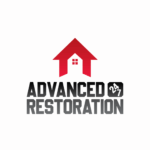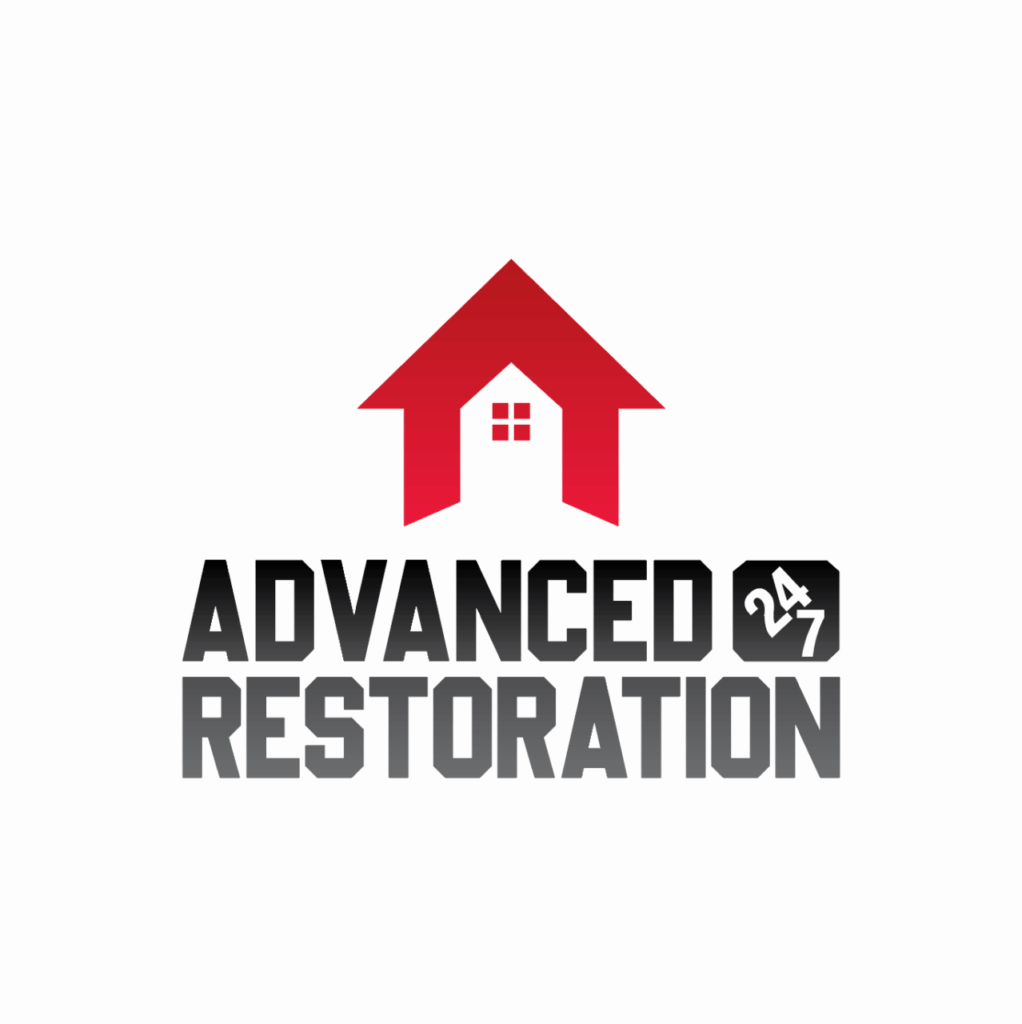This comprehensive article about mold remediation from Advanced 24/7 Restoration will address the question: “Is a house with mold livable?” We’ll explore the dangers of residing in a mold-infested residence and the serious health risks associated with mold exposure. Furthermore, we’ll provide practical steps to remediate and maintain a mold-free environment in your home. Let’s explore the reality of mold in homes and determine if your living space is truly safe.
The Dangers of Living in a House With Mold
Living in a house with mold can pose significant health risks that should not be taken lightly. As a homeowner, understanding the hazards linked to mold exposure is paramount. Professional testing by experts like Advanced 24/7 Restoration is essential for accurate mold assessment of your home.
Mold spores are minuscule, easily escaping detection, but their impact on your respiratory system can be substantial. Prolonged exposure to these spores can lead to allergies, asthma, and other respiratory issues. The presence of mold can also exacerbate existing conditions, intensifying their effects.
Accurate results on the type and extent of mold in your house require professional testing. Crucial for successful remediation, this information guides appropriate action and ensures thorough treatment for all affected areas.
Neglecting mold growth in your home can have severe consequences over time. Long-term mold exposure has been associated with more severe health problems. These include chronic sinus infections, lung infections, and even neurological issues. The long-term effects of mold highlight the importance of promptly and effectively addressing any signs of mold growth.
Health Risks Associated With Mold in a House
Mold in your home can pose significant health risks. Here are two crucial points to consider:
- Mold Spores: Mold releases spores into the air that are easily inhaled, triggering allergic reactions like sneezing, coughing, and itchy eyes. If you have asthma or other respiratory conditions, mold spores can worsen your symptoms.
- Long-Term Effects: Prolonged mold exposure can lead to more severe respiratory issues, increasing the risk of infections, bronchitis, or even pneumonia. Mold produces volatile organic compounds (VOCs) that can irritate the lungs and cause inflammation. Certain molds produce mycotoxins, which are harmful substances when ingested or inhaled.
To create a healthy living environment, promptly address signs of mold for you and your family’s well-being. Take steps such as fixing water leaks, enhancing ventilation, and employing appropriate cleaning techniques or professional help when required.
Signs and Symptoms of Mold Exposure in a House
Exposure to mold in your home can lead to various symptoms, including sneezing, coughing, and itchy eyes. These symptoms may indicate the presence of mold. Mold-related illnesses can have long-term effects on your health.
Mold releases spores into the air that can trigger allergic reactions, manifesting as sneezing fits and persistent coughs. Constant eye rubbing due to irritation caused by mold spores is also common. While these symptoms may seem temporary, repeated exposure to mold can lead to more severe health issues.
Long-term effects of mold exposure include respiratory problems like asthma or chronic bronchitis. If left untreated, these conditions can significantly impact your quality of life and require ongoing medical attention. Additionally, prolonged exposure to certain mold types has been linked to neurological symptoms such as memory loss or difficulty concentrating.
Promptly addressing signs of mold exposure in your home is crucial for your immediate comfort and long-term health. Removing the mold source safeguards against consequences, creating a healthy and secure environment for a better quality of life.
Steps to Remediate Mold in a House
Begin mold remediation by identifying and addressing the moisture source that promotes growth in your home. Mold thrives in damp environments, so eliminating excess moisture is vital to prevent further mold development.
Here are three steps for safely removing mold from your house:
- Fix the Source of Moisture: Addressing moisture sources, whether from a leaky pipe, roof, or poor ventilation, is essential for successful mold remediation. Repair any leaks or plumbing issues and ensure proper ventilation in high-humidity areas like bathrooms and kitchens.
- Clean Affected Areas Carefully: When removing mold, wear protective gear like gloves and a mask to avoid direct contact with spores. Use a mixture of water and mild detergent to scrub visible mold from surfaces like walls, ceilings, and furniture. Thoroughly dry these areas to prevent future growth.
- Consider Professional Help: For extensive mold over 10 square feet or if you have health concerns, professionals ensure safe and thorough removal. Mold remediation experts possess the necessary equipment and expertise to handle large-scale infestations safely.
Following these steps can effectively remove mold from your home while ensuring your safety and well-being. Safe mold removal is vital for a clean living environment and to prevent health risks associated with prolonged exposure. Don’t hesitate to seek professional assistance when necessary. Experts offer comprehensive solutions for thorough and safe mold remediation in your house.
Maintaining a Mold-Free Environment in Your House
Sustaining a mold-free environment in your home includes regular inspection and addressing moisture sources like damp basements or leaks. Preventing mold growth facilitates a comfortable and healthy living environment where you can have peace of mind. Mold not only damages your house’s structure but also poses serious health risks to you and your family. Effective mold prevention strategies are vital for maintaining a safe and inviting home.
Controlling moisture levels in your house is a pivotal step in preventing mold growth. Moisture provides an ideal breeding ground for mold spores to thrive and multiply. Regularly inspect for signs of water leaks, particularly around pipes, faucets, or under sinks. Promptly repair any leaks to prevent moisture from seeping into walls or floors.
In addition to fixing leaks, maintaining low humidity levels in areas prone to dampness is essential. Use dehumidifiers or exhaust fans when necessary to reduce excess moisture in these spaces. Proper ventilation prevents mold growth, as stagnant air tends to trap moisture.
Regular cleaning and maintenance are also vital in keeping mold at bay. Dust and vacuum regularly to remove potential food sources for molds, such as dead skin cells or pet dander. Pay special attention to areas prone to dampness, like shower curtains or window sills.
Final Thoughts
Living in a house with mold can be extremely dangerous for your health. Mold presence can lead to various health risks and cause symptoms like allergies, respiratory issues, and infections. It is crucial to immediately remove mold in your house to ensure a safe living environment. Ensure a mold-free home and protect loved ones by practicing regular maintenance and preventive measures against its harmful effects. Contact Advanced 24/7 Restoration for any questions or concerns!
Advanced 24/7 Restoration’s mission is to provide unparalleled care and support to our valued clients. Delivering the best solutions for your property restoration needs. Our vision is to be the top-rated damage restoration company in Denver, known for our exceptional services, professionalism, and dedication to customer satisfaction. Water damage, fire damage, flood damage, and more.
- This author does not have any more posts


